- About us
- Support the Gallery
- Venue hire
- Publications
- Research library
- Organisation chart
- Employment
- Contact us
- Make a booking
- Onsite programs
- Online programs
- School visit information
- Learning resources
- Little Darlings
- Professional learning
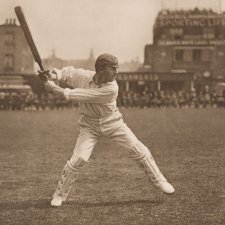
Gideon Haigh discusses portraits of Australian cricketers from the early 20th century
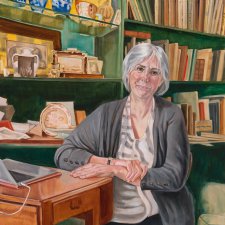
Inga Walton sheds light on a portraiture collection usually only seen by students and teachers at Melbourne University.
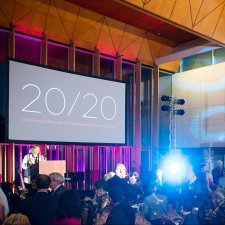
Dr Helen Nugent AO, Chairman, National Portrait Gallery at the opening of 20/20: Celebrating twenty years with twenty new portrait commissions.
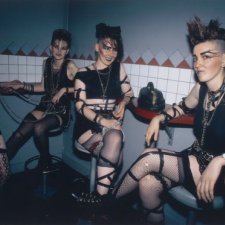
The exhibition Aussies all features the ecclectic portrait photography of Rennie Ellis which captures Australian life during the 70s and 80s.
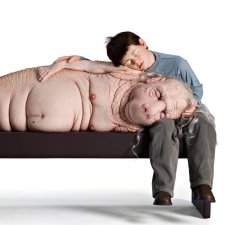
An exhibition of humanness in ten themes by Penelope Grist.
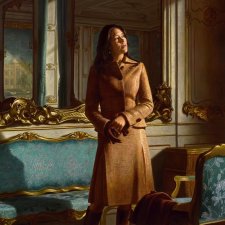
Joanna Gilmour takes us behind the scenes of some of Ralph Heimans’ best-known portraits of royalty, heads of state and cultural icons.
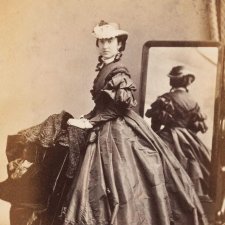
The death of a gentlewoman is shrouded in mystery, a well-liked governor finds love after sorrow, and two upright men become entangled in the historical record.
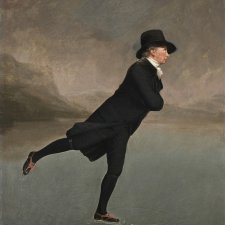
Diana O’Neil samples the tartan treats on offer in the Scottish National Portrait Gallery.
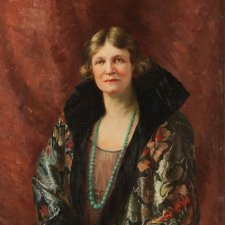
Penelope Grist explores the United Nations stories in the Gallery’s collection.

Tom Fryer surveys the twentieth-century architectural project, and finds representation and the portrait were integral elements.
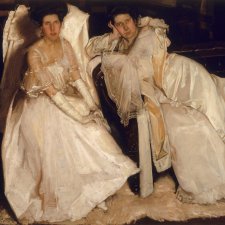
Sarah Engledow is seduced by the portraits and the connections between the artists and their subjects in the exhibition Impressions: Painting light and life.
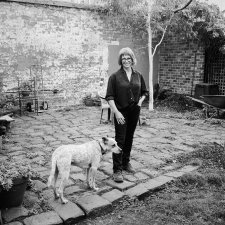
Basil grew into a speckled beauty – a long-legged leaper and an exceptionally vocal dog, with a great register of sounds, ascending in shock value from a whimper to a growl to a bark to a yelp that’s a violation of the ears.

Most well-regarded pictures of chickens show them dead. A reliable way to tell if a chicken in a painting is dead is to check if it’s hanging upside down, because unlike, say, cockatoos, chickens don’t practise inversion for enjoyment in life.
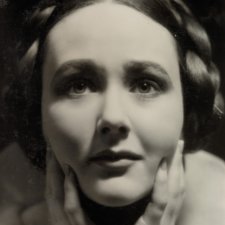
Athol Shmith’s photographs contributed to the emergence of a new vision of Australian womanhood.

Jane Raffan feasts on modernity’s entrée in the Belle Époque theatre of the demimonde.
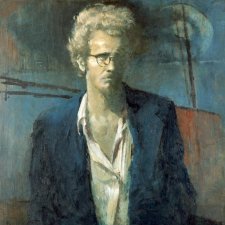
Judith Pugh reflects on Clifton Pugh's approach to portrait making.